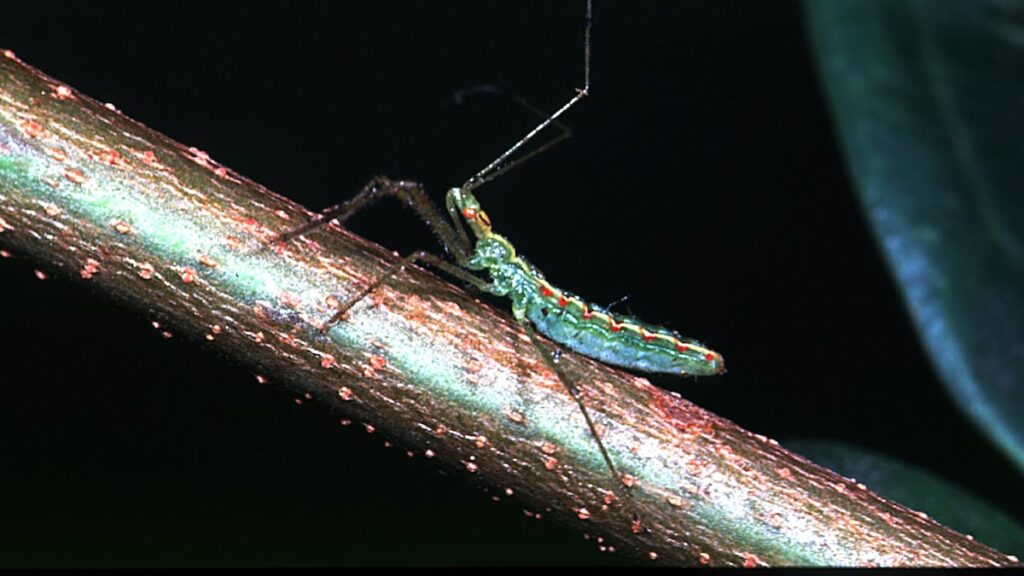The upcoming “kiss bug season” in May warns Floridians of major public health concerns. It’s time to take serious precautions against the quiet killers of our state. Locals may be hooked on the mosquito herds that undoubtedly arrive every summer, but Chagas disease (a fatal and lesser known parasite infection) plagues Florida’s Panhandle and the northern and central regions.
Many people have never heard of the disease, but an estimated 300,000 Americans may unconsciously carry its causative agent, Trypanosoma cruzi. For years, Chagas was considered a problem only in Latin America. However, researchers at the University of Florida’s Emerging Pathogens Institute confirmed their opposition. The insects are here in Florida, with parasites sent to other hosts.
Researchers found that when kissing a bug in Florida (not the same as “love bugs”) invaded people’s homes, with almost 30% of insects carrying T. cruzi parasites and almost 25% of bugs ingesting human blood. Among Florida’s wildlife, opossums and raccoons are the main hosts. An infected mother’s opossum may send parasites to the fetus. This is another unknown pathway of transmission found in humans.
It can take almost decades for an infected person to exhibit symptoms of the disease, but there are often some lasting effects before people learn about it. Nationwide, only 1% of infected people are being treated, with up to 30% of cases progressing to severe heart disease, leading to heart failure, arrhythmia, or sudden cardiac death. Like HIV, Chagas is an infectious disease that remains silent in the body for years, but ultimately progresses to a chronic, and ultimately a deadly stage.
To mitigate spread spread in Chagas, UF researchers isolated the T. cruzi strain from a Florida bug, began cultivating parasites in the lab, and conducted experiments to better understand the parasite genome and potential pathogenic factors. The big question is whether humans and companion animals are at risk of acquiring infections in Florida. The next step is to start testing people who have been bitten by these bugs or found at home.
Treatments for chagas include antiparacidae drugs such as benznidazole and niflutimox. However, this is a neglected tropical disease, leaving many questions unanswered. Research institutions must continue to expand their role in global chagas research by examining which patients are most likely to develop a form of chronic disease.
As human activities change the environment, bugs and parasite kisses eventually adapt. The geographical extent of infected kiss bugs is also expected to change and expand. Florida has been shown to be a hotspot, with Triatoma sanguisuga (known vectors) found in at least two-thirds of the state.
Spend your days with Hayes
Subscribe to our free Stephenly newsletter
Columnist Stephanie Hayes shares thoughts, feelings and interesting business with you every Monday.
You’re all signed up!
Want more free weekly newsletters in your inbox? Let’s get started.
Check out all options
This is just some of the evidence that shows why time is essential. If a patient receives treatment for Chagas earlier, the chances of progressing to the chronic stage are less likely. Healthcare providers rarely test the disease, and many at-risk Americans don’t think they should be screened.
Prevention is extremely important. People should limit their exposure to insects to kissing and avoid foods and drinks that can be contaminated by insects. Several steps can be taken to protect your home from kissing bugs, such as examining potential entrances, reducing clutter in external areas, and removing animal nest homes. When spending considerable time traveling to rural Latin America, people should consider using bednets, wearing long clothes and applying insect repellents.
Without urgent action and consciousness, Chagas will lurk behind a closed room, quietly claiming his life.
Norman L. Beatty, Maryland is an active member of the University of Florida Emerging Pathogens Research Institute and an assistant professor of medicine at the University of Florida School of Medicine. His main focus in the study of Chagas disease is to investigate the clinical aspects of the disease, parasite transmission dynamics, and kissing bug biology.

